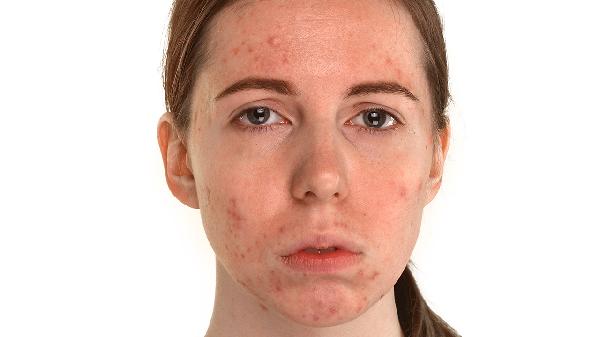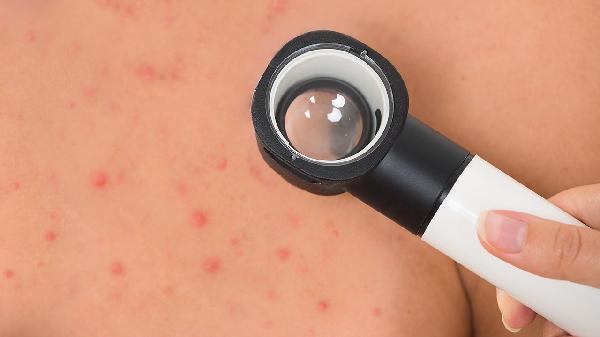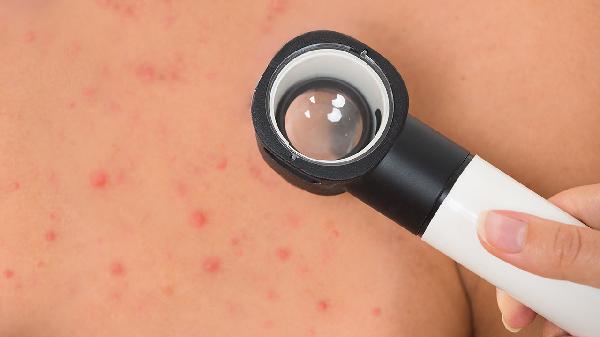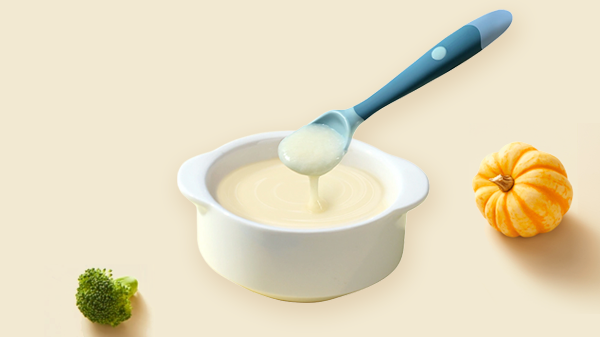Have you ever chosen soaps that claim to "clean instantly" in pursuit of "strong stain removal," only to find your skin turning red, itchy, and even developing allergic reactions? Don’t worry, you’re not alone. Today, we’ll talk about what’s behind these strong stain-removing soaps, why they tend to cause allergies, and how to avoid such issues.

1. The Secret Ingredients of Strong Stain-Removing Soaps
The reason strong stain-removing soaps can "clean powerfully" lies in their potent cleansers and chemical additives. These ingredients include:
Surfactants: Such as Sodium Lauryl Sulfate (SLS), which effectively removes oil and dirt.
Fragrances and Colorants: Added to enhance the soap’s appeal and user experience.
Preservatives: Such as Parabens, used to extend the soap’s shelf life.
While these ingredients boost the soap’s cleaning power, they can also irritate the skin, especially for those with sensitive skin, making them more prone to allergic reactions.
2. Why Do Strong Stain-Removing Soaps Easily Cause Allergies?
Although these soaps are highly effective at cleaning, their ingredients can harm the skin. Here are a few key reasons:
Over-Cleansing: These soaps remove oil and dirt from the skin’s surface but also strip away its natural barrier, leading to dryness and sensitivity.
Chemical Irritation: Ingredients like surfactants and preservatives can irritate the skin, causing redness, itching, and other allergic reactions.
Fragrances and Colorants: While these additives make the soap look and smell more appealing, they are common allergens and can easily trigger skin allergies.
3. How to Avoid Allergies Caused by Strong Stain-Removing Soaps?
Since these soaps can cause allergies, how should we choose and use them? Here are some practical tips:
Choose Mild Soaps: Opt for soaps with simple, gentle ingredients, avoiding those with strong cleansers and chemical additives.
Check the Ingredients List: When buying soap, carefully review the ingredients list and avoid those containing SLS, Parabens, and other potential allergens.
Perform a Patch Test: Before using a new soap, test it on a small area of your inner arm or behind your ear and observe for any allergic reactions within 24 hours.
Moisturize: After using soap, apply moisturizer promptly to help repair the skin barrier and reduce dryness and sensitivity.
4. Are Natural Soaps a Better Choice?
In recent years, natural soaps have gained popularity among consumers. They are typically made with natural oils and plant extracts, free from chemical additives and fragrances, making them gentler on the skin. However, even natural soaps may contain ingredients that trigger allergies in certain individuals. Therefore, when choosing natural soaps, it’s equally important to check the ingredients list and perform a patch test.
While strong stain-removing soaps deliver noticeable cleaning results, their ingredients can irritate the skin, especially for those with sensitive skin, making them more prone to allergic reactions. To avoid this, we can choose mild soaps, pay attention to the ingredients list, perform a patch test, and ensure proper moisturizing after use. Although natural soaps are gentler, they still require careful selection.
Next time you’re faced with a wide array of soaps, take a little extra time to understand their ingredients and choose the one that’s best for your skin. After all, cleanliness is important, but skin health is even more crucial. We hope this article helps you better understand the potential risks of strong stain-removing soaps and find a cleansing method that works for you.
























